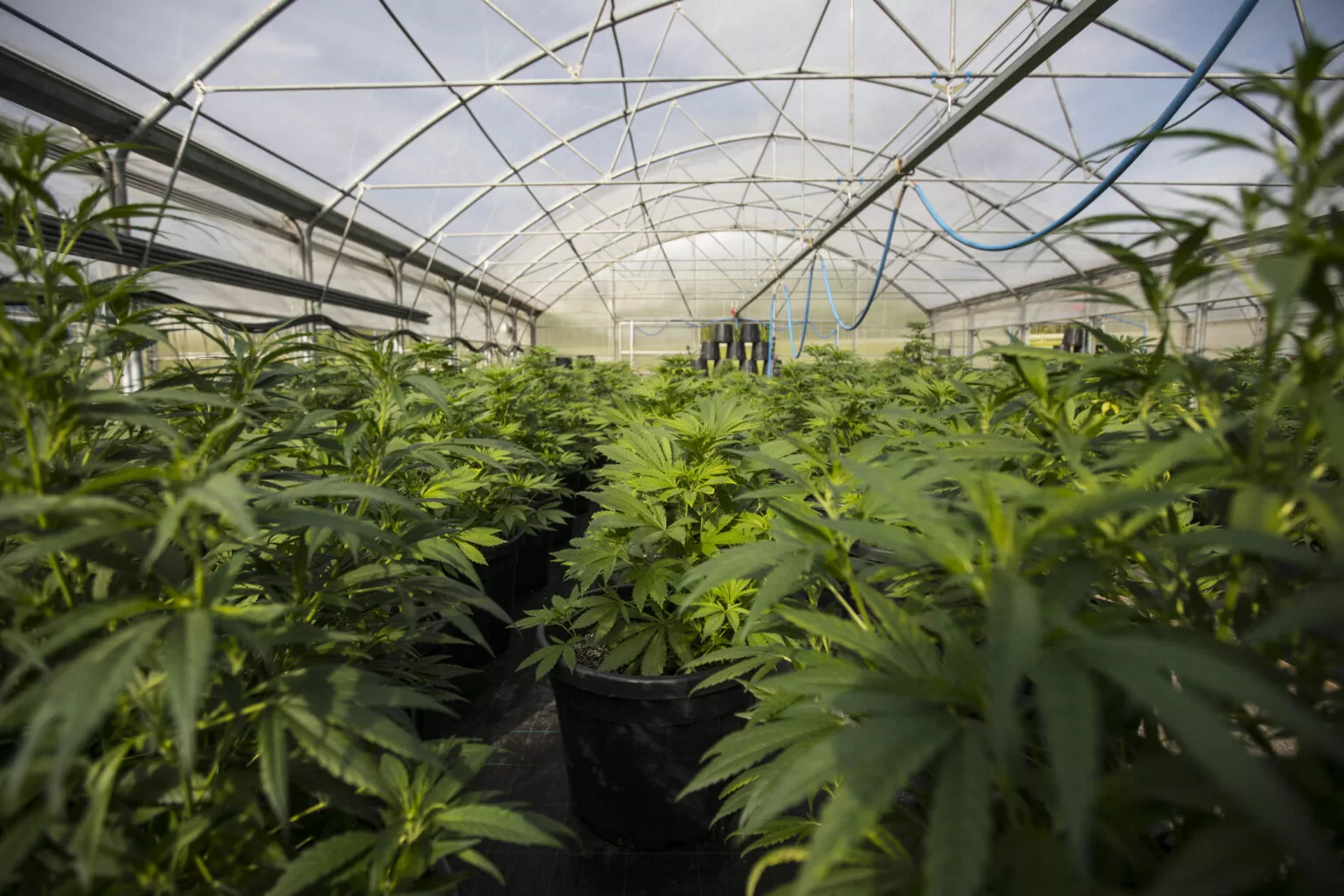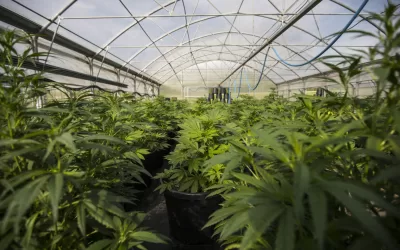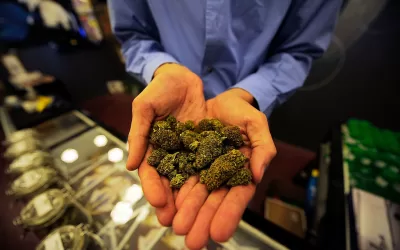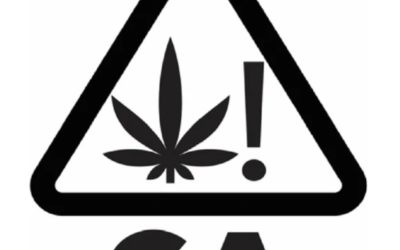Alexander Beadle- Science Writer
This summer, the American Council of Independent Laboratories (ACIL) sent a letter to the California Bureau of Cannabis Control (BCC) highlighting a concerning trend of compromises and poorer testing standards within the state cannabis testing sector. This practice of “lab shopping” threatened the integrity of the industry, said the ACIL. But there were solutions, according to the lab group.
One lab analyst well placed to see how regulations could be done differently is Josh Swider, founder and CEO of Infinite Chemical Analysis Labs.
After a successful few years testing cannabis out of San Diego, Swider and his business partner decided to open a second location in Jackson, Michigan. The move has given the lab operators a new perspective on California’s situation, and they believe that adopting some aspects of Michigan’s approach could greatly benefit the Golden State’s market.
To learn more about these interstate differences and what Michigan’s approach could offer, Analytical Cannabis caught up with Swider to talk all things testing.
Talking reform with Infinite CAL
“One thing that’s great in Michigan is the labs,” Swider tells Analytical Cannabis. “There’s only 11 out there right now compared to 34 in California, but once a month we have a phone call with the various people high up that can make changes, and actually get the ball rolling.”
“[Regulators] believe we’re the people on the ground that should probably have the best opinion, because we are the scientists. I feel like we’re treated out there [in Michigan] with a lot more respect for what we do.”
Whether it be due to the smaller number of labs or just having a different regulatory process, Swider says that the regulators in Michigan have also been quicker to make changes based on the opinions of the scientific testing staff.
“For example, in Michigan last week I talked about how I think it’d be very important to have a training session quarterly that every lab jumps on, where they go over problems that they’re seeing or to clarify some regulations and things like that, a simple thing,” Swider says.
“Within one week they set up a meeting[…] to start going over the rules and make sure everything’s fine – clarifying things. So, to see Michigan within one week make a change based upon a suggestion that they thought was a good idea, it’s amazing. And that’s what I’d love to see California do.”
A closer look at testing
Back in August, the ACIL’s letter highlighted two aspects of cannabis testing that could benefit from further reform in California: pesticide testing and sample homogenization.
Under current state regulations, labs define their own limits of detection (LOD), any result above that LOD is considered a failure, even for category 1 pesticides. But the ACIL argues that this system is inadvertently incentivizing lab shopping.
“This puts a large burden on producers and sometimes encourages them to choose a lab with higher LODs to ensure their products pass,” Antonio Frazier, president of CannaSafe and an executive committee board member of the ACIL’s Cannabis Working Group, told Analytical Cannabis back in August.
“Lab shopping creates the race to the bottom with safety. As the letter points out, cannabis states that have been regulated longer have already experienced this. There is no need for the world’s largest cannabis market to make these same mistakes.”
Swider agrees. Speaking to Analytical Cannabis, he remarked that the current LOD system is “a nonsensical thing” for any analytical chemist.
“Since we use pesticides in the United States, we need to decide what that limit is that could be harmful,” he adds. “I understand the point of why it’s probably not being done – not a lot of people were smoking pesticides previously. No one ever did research into what ‘happens when I smoke my apple;’ that’s why we see these things more defined in edibles. But even category 1 pesticides in [cannabis] edibles are [measured as] detectable/undetectable, which is a nonsensical thing.”
In terms of sample homogenization, the ACIL wants the BCC to issue guidance on different preparation methods for each cannabis matrix. Sample preparation is one of the largest sources of error within a cannabis testing facility and outlining a set of best practices for technicians could be a straight-forward but impactful measure to reduce these errors.
“I’ve heard some very far-out-there methods for how they’re homogenizing their product,” Swider recalls. “I’ve heard of people beating a bag of marijuana with a rubber mallet, and that’s a certified testing lab.”
“I’ve heard of people homogenizing vape pens, but they heat up the vape pens to get the distillate out. Well, if you’re doing that it has residual solvents in it, potentially harmful ones, you’re removing them. So there’s a lot of aspects that people really need to think about it.”
The future for cannabis testing in California
In its letter, the ACIL also highlighted three more issues: a desire for introducing a proficiency testing program, defining requirements for validation and data packages, and enforcing regulation more strongly.
“I believe all of these can be addressed during the agency consolidation this year,” Frazier said at the time. “We know that the BCC is aware of some of these items and has plans to address them. They have done a good job of providing facts sheets and FAQ updates for some of the other unclear items.”
Swider also believes that the BCC is doing a good job of trying to move with the desires of the industry and its scientists, but that the bureau was simply hampered by starting out with too little funding and too few staff, and this has led to it needing to play catch-up with the industry. To help the BCC continue to make positive strides, Swider wants to see a wider consolidation of the cannabis-focused departments from different state regulators into a central governing body.
“I honestly think you need to put it all under one roof; all the regulators for cannabis need to be one item,” Swider says. “So not having the BCC do the testing labs, but then the California Department of Public Health doing the manufacturing and the California Department for Agriculture doing the cannabis growing. It [makes] everyone too spread out, no one’s really knowing what’s going on. I think a tight industry would only benefit all the people doing the things right.”
Did recalled Missouri cannabis products pose health risks? Regulators aren’t sure
By Rebecca Rivas Lab experts say the state’s mandated testing process for marijuana is not designed for the chemicals...




